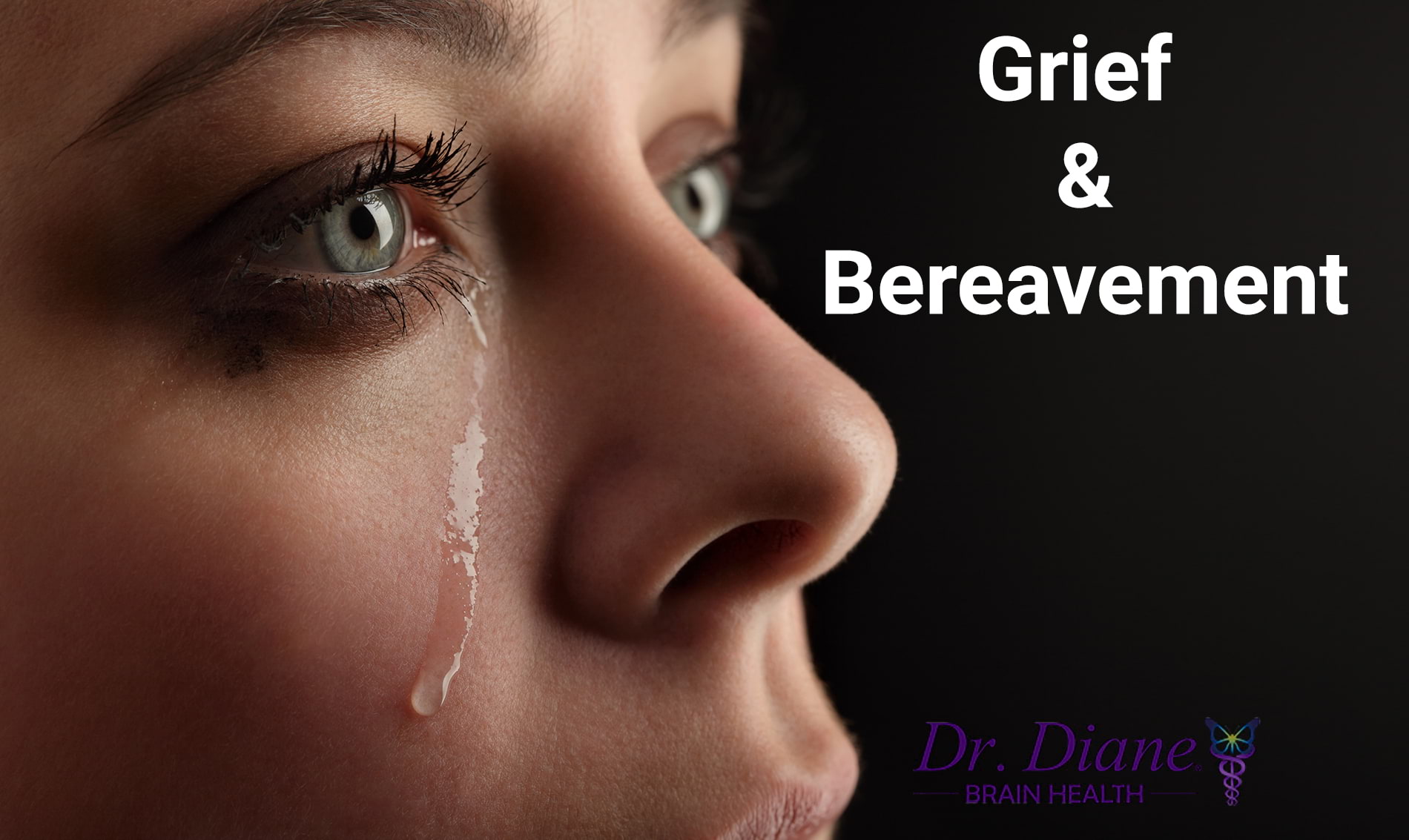Grief Therapy
Grief is a difficult part of life, but there are ways to deal with it. Looking into grief therapy, giving yourself time, and leaning on family and friends will help you with the grieving process.
“Grief therapy is used with people who have more serious grief reactions. The goal of grief therapy is to identify and solve problems the mourner may have in separating from the person who died. When separation difficulties occur, they may appear as physical or behavioral problems, delayed or extreme mourning, conflicted or extended grief, or unexpected mourning.
“In grief therapy, the mourner talks about the deceased and tries to recognize whether he or she is experiencing an expected amount of emotion about the death. Grief therapy may allow the mourner to see that anger, guilt, or other negative or uncomfortable feelings can exist at the same time as more positive feelings about the person who died.” – medicinenet.com & nci.nih.gov/cancerinfo/
Below you’ll find steps for grieving loss and grieving the loss of self. In addition to grief therapy these steps can be very helpful in processing grief.
The 5 Steps to Grieving Loss
Step 1: Acknowledge the Loss
Acknowledging your loss allows the natural grieving process to happen.
Step 2: Identify and Express Grief
This difficult process can be done with a clergy member, a grief therapist, family member or friend.
Step 3: Honor Your Loss
It’s important to remember the person you lost. You can fill a box with things that remind you of them, write a poem about them, and talk with loved ones and remember times you had together. All of this allows you and your family to honor the loss and move through the grieving process.
One of our employees has a shelf in her hutch for things that remind her of her uncle, who passed very close to Christmas in 2008. The camera he gave her, his military flag, and a doll he gave her, etc. The loss of her uncle ended up being so tied up with the holiday that made it hard for her to celebrate it for years. Making the shelf is allowing her to remember her uncle and helping her separate the loss from the holiday.
Step 4: Recognize Uncertainty
Accept that you will have many emotions and feelings about your loss and how it has affected you. Maybe you were in a relationship and wanted a family with that person, and now that relationship is over. Maybe you lost a parent, and your babies will never know their grandmother or grandfather. You may get sad and angry much easier now, at what your life will be like now that things have changed so drastically.
Step 5: Move on
Many say there is no timeline for grieving, and they are right. But you will have to come to a point, over time, and accept that things will not be the way they once were. A time to let go of seeing yourself as a victim or just a survivor, but as a thriver!
The 5 Steps to Grieving the Loss of Self
There are losses that are grieved that many people, including some medical professionals, aren’t aware of. In addition to losses related to aging or losing a job, one of these areas is grieving the loss of self after a brain injury, it is a very important part of the treatment and healing process.
Step 1: Acknowledge the Loss
Once you’ve seen and accepted the loss of self and of your former abilities, you can allow the natural grieving process to happen.
Step 2: Identify and Express Grief
This difficult process can be done with a grief therapist, clergy member, family member or friend.
Step 3: Honor Your Loss
It’s important to remember the old you. Just as you would if you lost a family member, friend, or pet; show pictures, fill a box with things that represent the old you, write a poem or obituary. You need to have a “wake” and “funeral” for yourself, this allows you and your family to honor who you were and to allow you to become who you are now.
Step 4: Recognize Uncertainty
You will have many emotions and feelings about your brain injury and how it has affected you. Maybe you wanted to quit your job and the accident insurance now pays you for not working. You may get angry much easier now and it’s affecting your relationships. You knew the person you were and are not sure you can love the person you are now.
Step 5: Move on
To do this, you must, over time, let go of seeing yourself as a victim or just a survivor. It is now time to be a thriver. You are NOT a brain-injured person, rather a person with a brain injury!
In Dr. Diane’s Experience
I often think of myself as a house that was hit by a hurricane and then slowly restored. The stroke, concussion and brain surgery, all destroyed portions of the “house”. The years of rehabilitation were like adding new lumber and material onto the original design. To the outside eye, the restored house looks the same, but it is NOT. It is a composite of the old and the new. I look and sound like my old or previous self, but I’m really a blend of the old and the new. In the years after my brain injuries, I did a lot of grieving, and I learned to accept myself as who I am now.
“May your spirit remain strong and through your grief may you come to honor and love your new self.” – Dr. Diane®.



